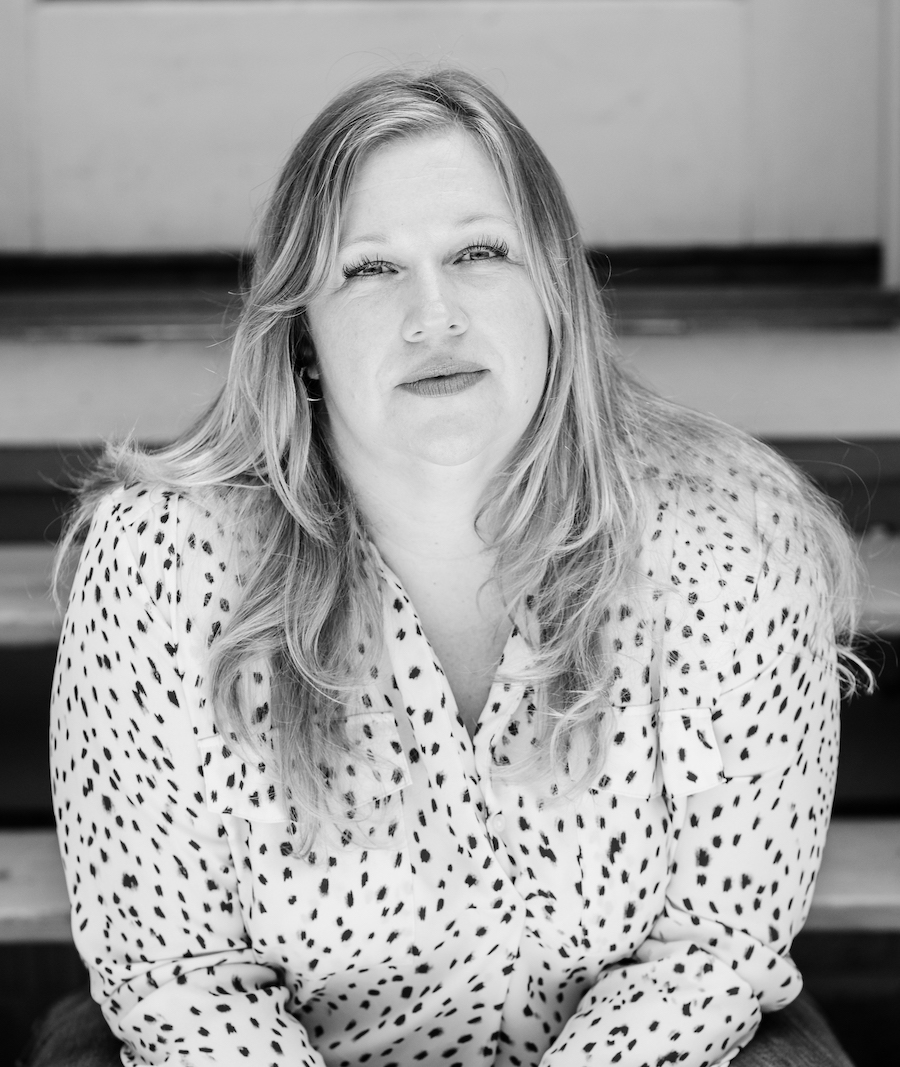In the 1970s, “not in my back yard” was shortened to NIMBY in the context of power companies in New Jersey and Michigan to build nuclear-powered generators. It has persisted since as a shorthand for people to support ideas as long as they do not have to bear the burden of their implementation.
Such was the case in 2022 when Washington state’s agricultural and rural communities were blindsided by a trio of NIMBY bills that would have established riparian buffer zones aimed at salmon recovery. All three bills specifically targeted land in agricultural and rural communities. All three bills specifically exempted land in urban and suburban areas including waterways around parks, roadways, and housing developments. All three bills mandated riparian buffer zones so large they would have consumed many of our state’s farms in their entirety.
When the first trio of bills to mandate large buffers around streams on private property were introduced at the governor’s request in 2022, including House Bill 1838, Washington’s farmers and ranchers were not part of the discussion.
When the Riparian Taskforce was convened in June 2022, it was lauded as a step toward fixing that exclusion.
Now, the preliminary report from the taskforce has been released.
Rather than being a collaborative, solutions-driven document that considers the needs of the various communities invested in salmon recovery, our forests, food production, and preservation of our natural resources, the report reiterates the governor’s failed proposal from 2022.
After spending two years and nearly a half-million dollars on the taskforce, Washingtonians deserve more than the same bad policies proposed before that process.
Both the 2022 legislation and the taskforce report outline use of the Washington State Department of Fish & Wildlife (WDFW) Riparian Ecosystems Guidance Volumes 1 & 2 as a starting point for riparian area maintenance, management, and protection. These manuals are considered by the state to be “the best available science.” However, they also contain some concerning perspectives and approaches to statewide implementation.
In 2022, the requirement that “site potential tree height” be used to set buffer widths was identified as a primary concern by the agricultural community because it would invasively infringe upon farms bordering riparian habitat. Using that standard, buffers could be up to 200 feet wide on each side of a stream to cool the water for fish.
This would be extremely harmful to farmers. For every mile of riparian buffer claimed at 150 feet wide, 18 acres of farmland would be lost. At a minimum, site potential tree height, the maximum height a dominant tree species in a forested landscape can grow in 200 or more years, would require a 60-foot riparian buffer width, just over 7 acres per mile of farmland.
Nothing in the preliminary taskforce report suggests a departure from using site potential tree height as the standard by which state agencies and private landowners must abide. This is despite the WDFW’s own manuals suggesting the measurement method has fundamental flaws.
The manual notes, “Importantly, riparian shade is often directly amenable to management and in many locations riparian vegetation height and density may be more closely associated with shade than width of riparian vegetation per se.” The manual notes go on to say buffers of more than 100 feet lose virtually all temperature benefit related to shade provided.
The state would have greater success and more voluntary participation in riparian habitat projects by leaning into existing framework that treats individual properties as distinctive places. This site-by-site approach is being utilized by county conservation districts and through the Voluntary Stewardship Program. Both forms of individual site evaluation should receive more funding and staffing support to better address the needs of salmon, landowners, and, ultimately, all Washingtonians. While this approach may take more time, it is likely to yield greater results by ensuring each participant is provided with a site-specific habitat plan.
The second recommendation outlined in the taskforce report is specifically focused on items that need to be funded to make riparian habitat recovery successful. There are several “partnerships” and “projects” slated to receive funding but only one funding source is specifically itemized for withdrawing money: the state’s CO2 tax known as the Climate Commitment Act (CCA).
2.3.6. Leverage Climate Commitment Act funding to develop voluntary carbon credit payments to farmland owners that establish, enhance, and maintain riparian areas to accelerate conservation at scale.
This section is particularly ironic because the Washington State Department of Ecology was tasked with exempting farmers and ranchers from paying the fuel tax created by the CCA.
Ecology failed to do so.
By using the funding to “develop a voluntary carbon credit,” authors of the report are effectively paying farmland owners with a portion of their own money illegally collected by the state.
Funding conservation projects is an important component for their success. Washington state has allocated $1.6 billion in funding for salmon recovery projects since 2010 with an additional $830 million allocated in the 2023-2025 Biennial Work Plan, yet the most recent report from the governor’s office shows 10 of the 14 species represented are still in serious danger.
Perhaps we have reached the point where we do not need more roundtable discussions, taskforce reports, or viability studies. If the goal is to develop a partnership in which private citizens voluntarily cede land for the betterment of all, the state needs to create a sense of trust amongst members of agricultural and rural community members, where there currently is very little.
Or worse, recommendation three of the taskforce report suggests the state could use eminent domain where agencies believe not enough progress toward habitat restoration goals has been made. The recommendation reads:
Establish and fund a Washington State riparian acquisition program targeted toward land within a particular watershed if the strategy for that watershed fails to achieve the established three-year outcomes for acres planted in riparian areas, miles of streambank planted, average riparian width, miles of streambank protected by land or easement acquisition, and acres of restored land maintained. The State’s targeted riparian acquisition program shall rely upon the State’s eminent domain authority to acquire critical lands within the watershed that are necessary to achieve these three-year outcomes.
This recommendation poses two fundamental challenges to the success of voluntary stewardship and salmon recovery. First, if a private landowner voluntarily participates but fails through no fault of their own – drought, a poorly conceived site plan, or some other unforeseen problem – they may have their land stripped from them regardless of their good intentions. Second, if the goal is to earn voluntary participation, the looming threat of eminent domain is not the way to achieve widespread adoption of any proposed programs. Even with the promise of fair market value being paid for the land, the threat of eminent domain erases any incentive to participate. If the state is going to take any land it deems necessary for habitat, there is no need for any landowner to participate initially. Landowners can simply wait the state out and get paid for their land to boot.
When the riparian taskforce was initially convened, it was heralded as an opportunity for collaboration and cooperation between a multitude of groups with differing perspectives but similar goals. If the preliminary report is any indication of what to expect from the final report, very little of the collaborative discussion some stakeholders were hoping for occurred. The report reads like a slimmer version of the 2022 governor-request legislation that was so poorly received it sparked the creation of the taskforce to begin with.
We must learn to do better for the sakes of everyone invested in our fish, our farms, and our natural resources. Rather than needlessly spending taxpayer dollars on more reports, it is time for Washingtonians to demand we spend our money on actions that will benefit everyone.




